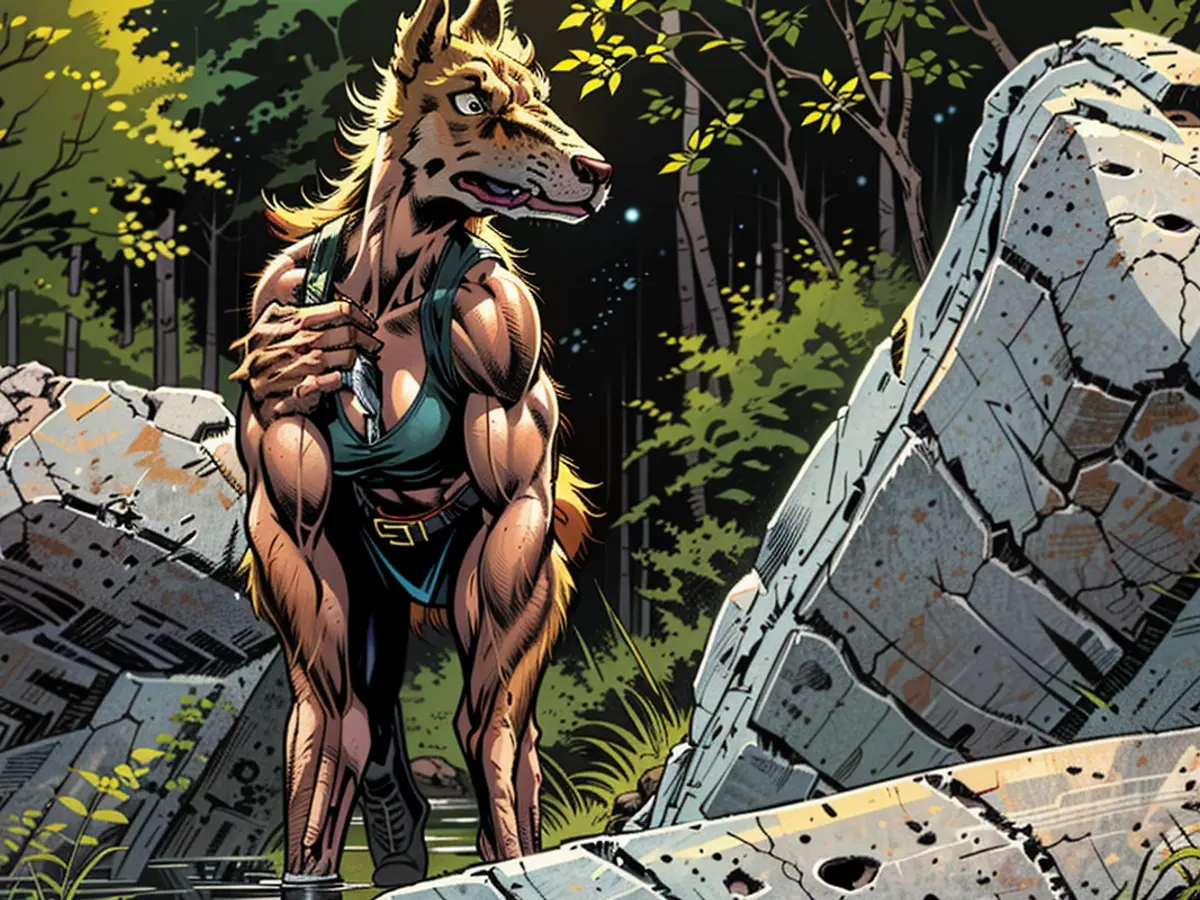- Gamswild's early-season exemption regulations spark controversy or protests
For decades, a special rule from the Upper Bavarian government has managed the treatment of chamois during the hunting ban in the Alps' mountains. In certain zones, these creatures can be hunted all year long. The primary goal is to minimize tree damage in slippery terrains where avalanches might occur. Environmental groups view these exceptions as excessive and hazardous to chamois populations.
The most recent hunting ban suspension regulation, valid since 2019, ended on July 31, with a new regulation in the works, as declared by the Upper Bavarian government. All interested parties and organizations had the opportunity to submit their opinions on this matter.
As per a representative of the Bavarian State Forests, around 60% of mountain forests serve as protective forests. Their purpose is to shield communities, industries, or infrastructure, particularly from avalanches or landslides.
Protection of young trees
Due to use, climate change, or browsing, some protective forests might no longer perform their role. Therefore, rehabilitation measures have been implemented on more than 10,000 hectares of protective forest area for years. Trees planted in these areas are expected to grow tall within 30 to 50 years. Young trees are particularly attractive to chamois, causing substantial damage.
Consequently, there's a hunting ban suspension in these regions and adjoining areas, allowing chamois (except mothers) to be hunted during the ban. The area covered about 26,000 hectares in the 2019 regulation and is projected to decrease by around 14% by 2024, according to the State Forests.
Balancing forest and wildlife interests
The Bavarian Hunting Association (BJV) proposes a reduction of more than 17% and suggests a ten-point plan to better consider chamois needs. Among other things, the BJV proposes that hunting should be prohibited in closed season suspension areas on grazed land; hunting should be banned in specific parts of the areas in February and March; and no year-round feeding stations or salt licks should be set up in ban suspension areas to lure chamois.
"The chamois is the iconic animal of the Bavarian Alps," says Hunting President Ernst Weidenbusch. "We must ensure that wildlife and forest coexist and that protective forests grow without jeopardizing chamois populations."
Wildlife protectors find these demands inadequate. For approximately 25 years, there's been no hunting ban for chamois in numerous Upper Bavarian Alps regions, criticizes Wildes Bayern association. This isn't necessary in this form, says chairperson Christine Miller. Her association has already challenged the 2019 hunting ban suspension regulation in court, with a final decision still pending.
Climate change also risks chamois habitat
Approximately 80% of chamois habitat is governed by the Bavarian State Forests, and nearly every fifth chamois is killed during the hunting ban in these areas, according to Miller. In the Chiemgau Alps, for example, nearly all winter chamois habitats suitable for the species fall within the hunting ban suspension area. The animals cannot easily move to other areas in the winter.
The German Wildlife Foundation in Hamburg also opposes lifting game bans, except in specific cases. The areas where forests serve protective purposes are significantly smaller than those where game bans are lifted.
Although the chamois isn't endangered, it's classified in Annex 5 of the Flora-Fauna-Habitat Directive. This includes species for which, among other things, a favorable conservation status must be guaranteed. This is at medium and long-term risk due to climate change, tourism, and hunting, according to the spokesperson.
In the Alpine regions where rehabilitation measures are being taken on protective forests, a temporary hunting ban suspension allows chamois to be hunted during the ban, contributing to the protection of young trees from substantial damage. The Alpine chamois, being an iconic animal of the Bavarian Alps, requires a balance between wildlife and forest interests, as highlighted by Hunting President Ernst Weidenbusch.








